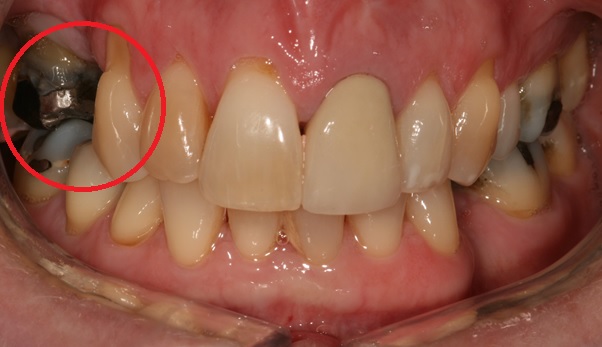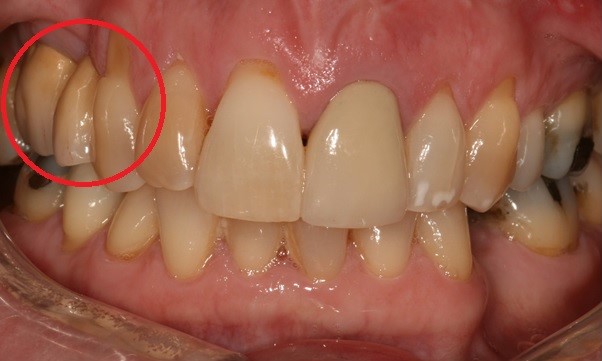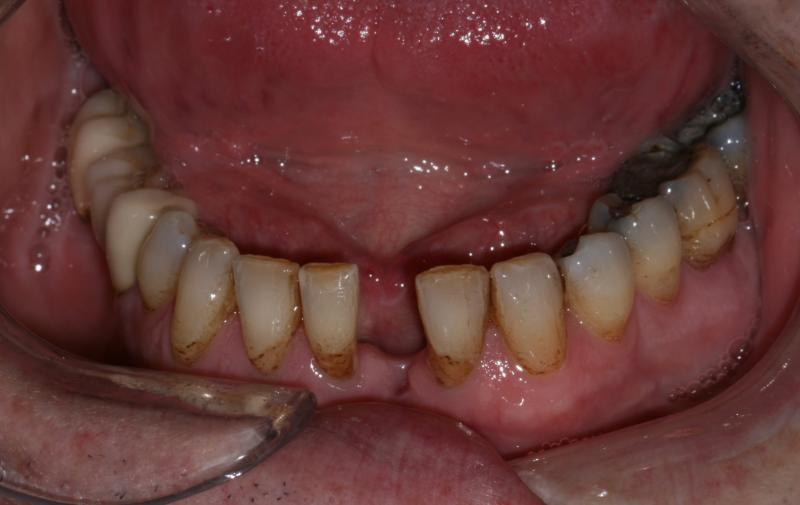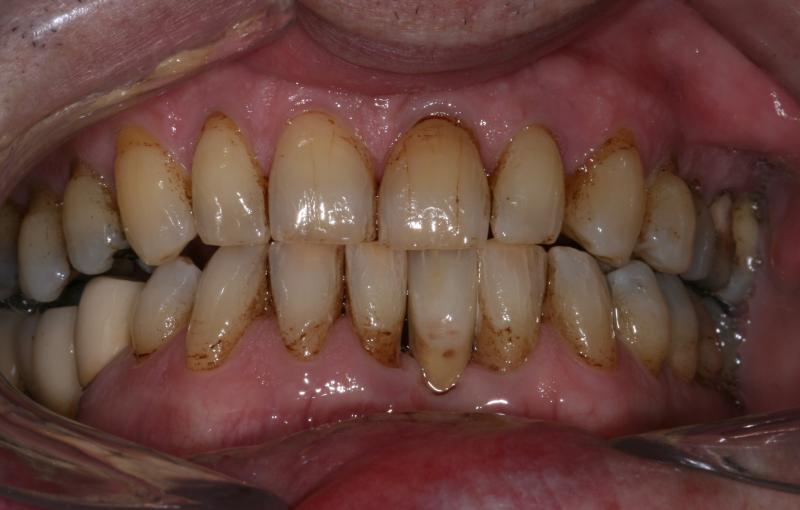Dental bridges literally bridge the gap created by one or more missing teeth.
A bridge is one of three ways in which missing teeth can be replaced. The other ways are by means of dental implants or a partial denture (removable false tooth or teeth).
A dental bridge is usually used where there are fewer teeth to replace, or when the missing teeth are only on one side of the mouth. You can have a conventional or an adhesive bridge each of which has its own merits.
An Adhesive Bridge is less damaging to the neighbouring tooth than a standard bridge. Speak to your dentist to discuss your options.
You should replace missing teeth for a number of reasons:
- Your appearance and smile is one reason. By replacing the missing teeth, bridges will help to maintain the shape of your face keeping wrinkles away.
- A bridge will help restore your ability to chew and speak properly
- Another is that the gap left by a missing tooth can mean greater strain is put on the teeth at either side.
- A gap can also mean your ‘bite’ is affected, because the teeth next to the space can lean into the gap and alter the way the upper and lower teeth bite together. This can lead to food getting packed into the gap, which causes both decay and gum disease.
Bridges - Commonly Asked Questions
What are the different types of bridge?
There are three main types of bridges:
- Traditional fixed- fixed bridges- these are made up of two crowns for the teeth on either side of the gap – these two anchoring teeth are called abutment teeth – with a false tooth/teeth in between. These false teeth are called pontics. The anchoring teeth can be natural teeth or implants. Traditional bridges are the most common type of bridge and are made of either porcelain fused to metal or ceramics
- Cantilever bridges- these are similar to the traditional bridges but the false tooth is supported only on one side. Hence these are used when there are adjacent teeth on only one side of the missing tooth or teeth
- Maryland bridges (also called resin bonded bridges) - the false tooth is supported by a metal framework. The metal wings are then bonded to your existing teeth adjacent to the missing tooth
Traditional bridge - Before
|
Traditional Bridge - After
|
Adhesive bridge - Before
|
Adhesive bridge - After
|
How is a bridge placed?
During the first visit, the abutment teeth are prepared so that a crown can be placed over them.
Next, impressions of your teeth and gums are made, and sent to the laboratory where the bridge will be made. We will usually make a temporary bridge for you to wear to protect the exposed teeth and gums while your bridge is being made.
During the second visit, your temporary bridge will be removed and the new permanent bridge will be checked and adjusted, as necessary, to achieve a proper fit. Multiple visits may be required to check the fit of the metal framework and bite. This is dependent on each individual's case.
Can I have a bridge fitted straight away?
In many people it can take up to 3-6 months for the gums to heal properly after and extraction. This means that you may need to have a temporary denture for 6 months before the bridge is fitted.
How do I look after my bridge?
You need to clean your bridge every day, to prevent problems such as bad breath and gum disease. You also have to clean under the false tooth every day. Your dentist or hygienist will show you how to use a bridge needle or special floss, as a normal toothbrush cannot reach.
Dental bridges can last 5 to 7 years and even longer. With good oral hygiene and regular prophylaxis, it is not unusual for the life span of a fixed bridge to be over 10 years.




